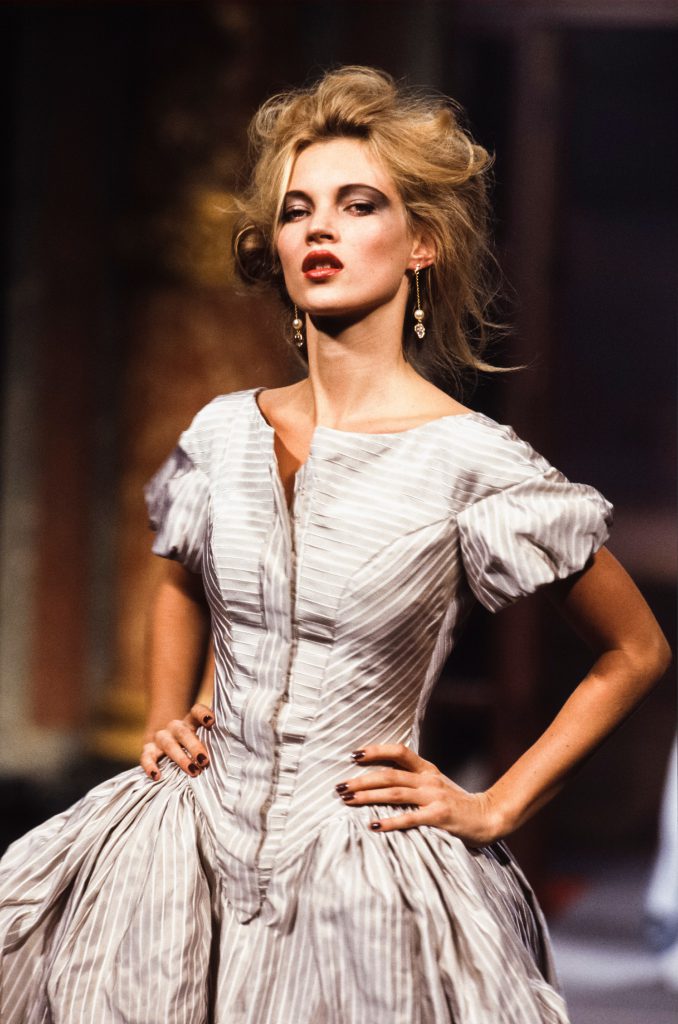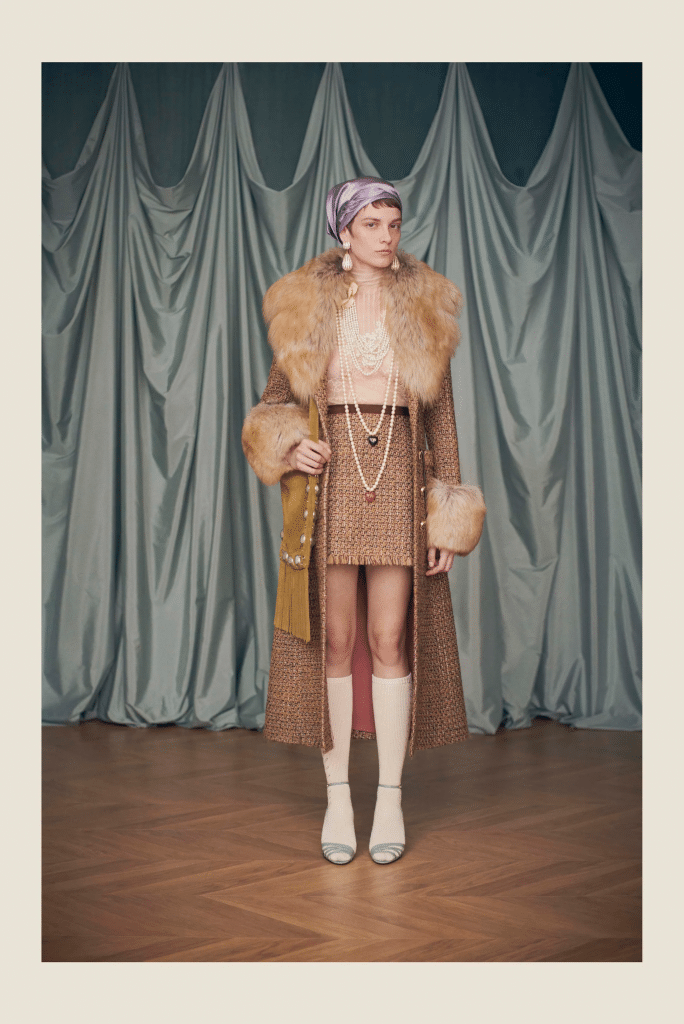Story HANG NGA
Photos INTERNET
In fashion, nothing is ever truly lost. Styles continuously cycle through time, and each resurgence brings with it the essence of the past intertwined with the rhythm of contemporary life.

Generations of influencers
Even before the rise of social media, fashion influencers inspired waves of fans to emulate their styles. One example can be found in the Hermès Birkin bag, long regarded as a symbol of wealth and power. However, actress Jane Birkin, who inspired the iconic bag in the 1980s, accessorized it in ways that traditionalists felt would “ruin” such an expensive item.
Today, the trend of “Jane Birkin-izing” handbags with various embellishments has grown in popularity, particularly after K-pop star Lisa from BLACKPINK showcased her own intricately decorated bag. Similarly, supermodel Kate Moss faced backlash for the slender figure, disheveled hair and clothing that was proclaimed the “heroin chic” style of the 1990s. Yet, when Miley Cyrus and Kristen Stewart began experimenting with this aesthetic and embraced a more rebellious image, the style evolved into a representation of individuality, personality, and freedom.
Ultimately what influences young people in shaping their own styles often comes from previous generations. Thus begins a cyclical search for inspiration in fashion.

Social factors
Recently, the Y2K style has made a powerful comeback. Y2K refers to the end of the millennium when fears of a worldwide computer glitch predicted to occur during the transition from 1999 to 2000 sparked apocalyptic thoughts. At the same time, traditional measures of work, money and status were set for a 21st-century reboot. Fashion became more avant-garde, breaking away from conventional standards by showcasing bodies more boldly, embracing sensuality and authenticity.
Two decades later, the pandemic again forced people to reassess their fast-paced lives. This led to a renewed quest for freedom, coinciding with the resurgence of Y2K fashion infused with contemporary elements. With the rise of social media platforms, Gen Z finds it easier than ever to reference past decades to affirm their lifestyle choices while conveying modern narratives interwoven with radical changes. Through this lens, fashion transcends mere clothing; it becomes culture that continues to evolve and forms part of humanity’s heritage.

Inheriting a legacy
Today’s fashion witnesses an intriguing phenomenon with the revival of classic designs. Renowned fashion houses are drawing inspiration from the very milestones that established their identities. Why this shift? It can be explained by a confluence of economic factors and consumer psychology. Amidst volatility, consumers are increasingly gravitating towards sustainable and safe values. Designs characterized by high-quality materials, craftsmanship and timeless aesthetic appeal provide the perfect answer. The rise of younger consumers with a strong awareness of brand value and cultural heritage further propels this trend.
Major fashion houses like CHANEL, Dior and Valentino have quickly adapted to these tastes. Recently, Alessandro Michele’s return with the Valentino Resort 2025 collection has opened a promising new chapter in fashion. A deeper look into the brand’s history reveals an intriguing connection between Michele and Valentino Garavani’s legacy from the 1960s and 1970s. This harmonious intertwining of past and present demonstrates that fashion is not merely a sequence of random trends but rather an ability to reinterpret and recreate history to speak about the future.










